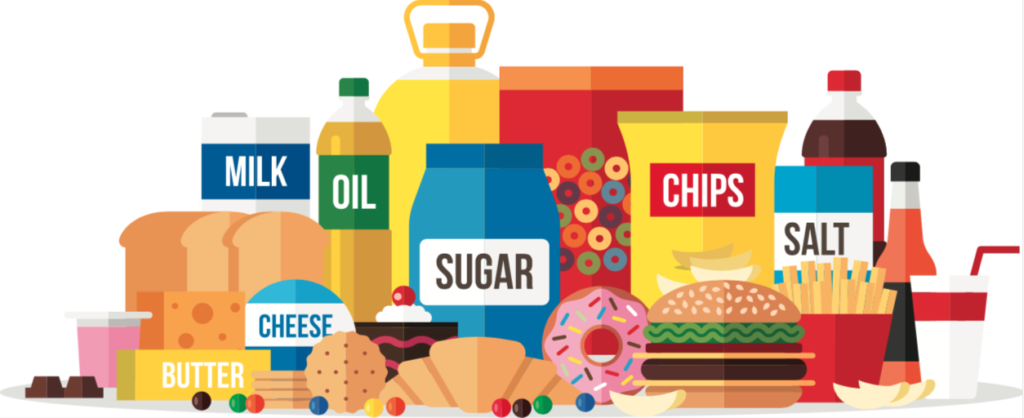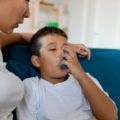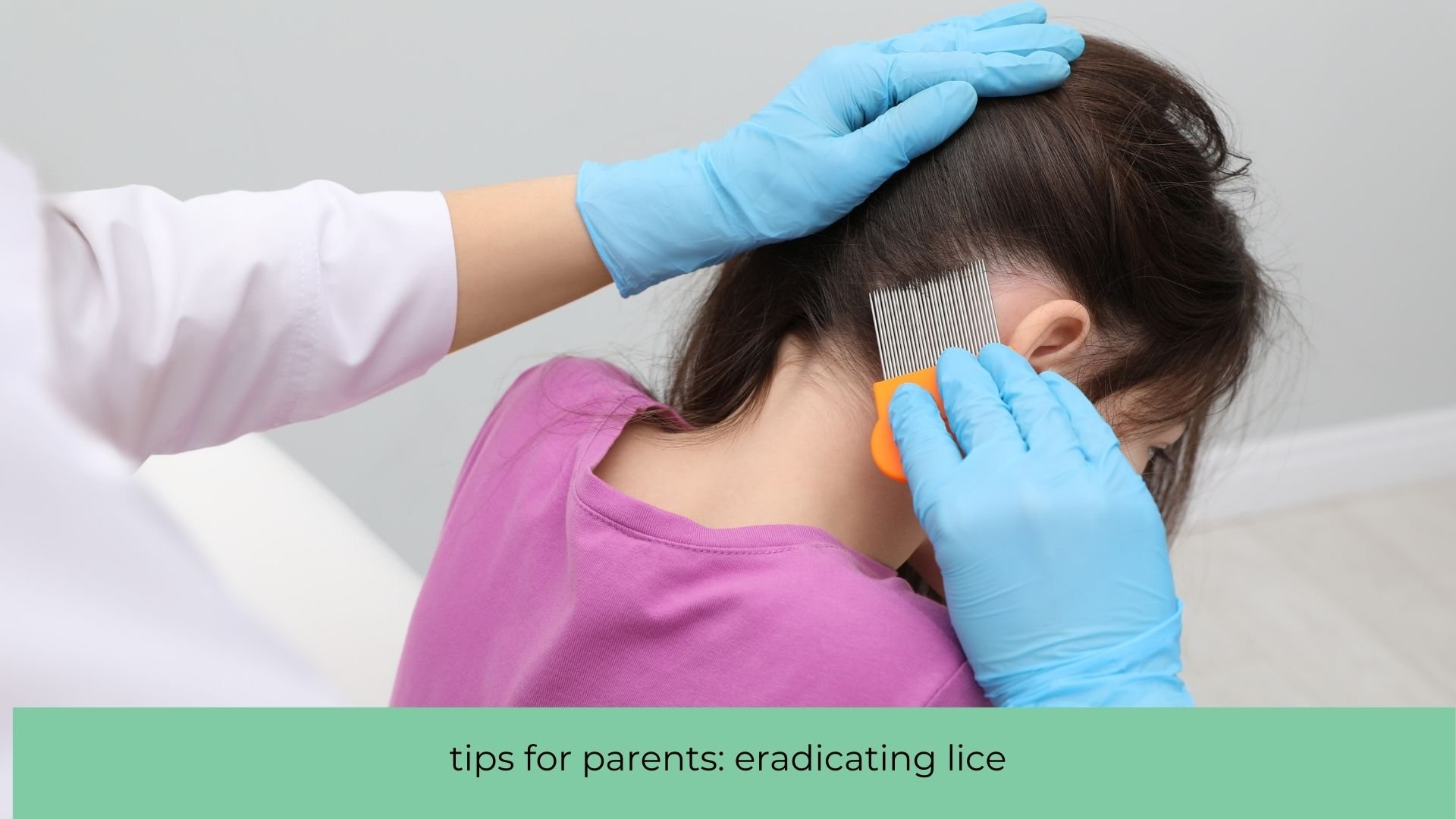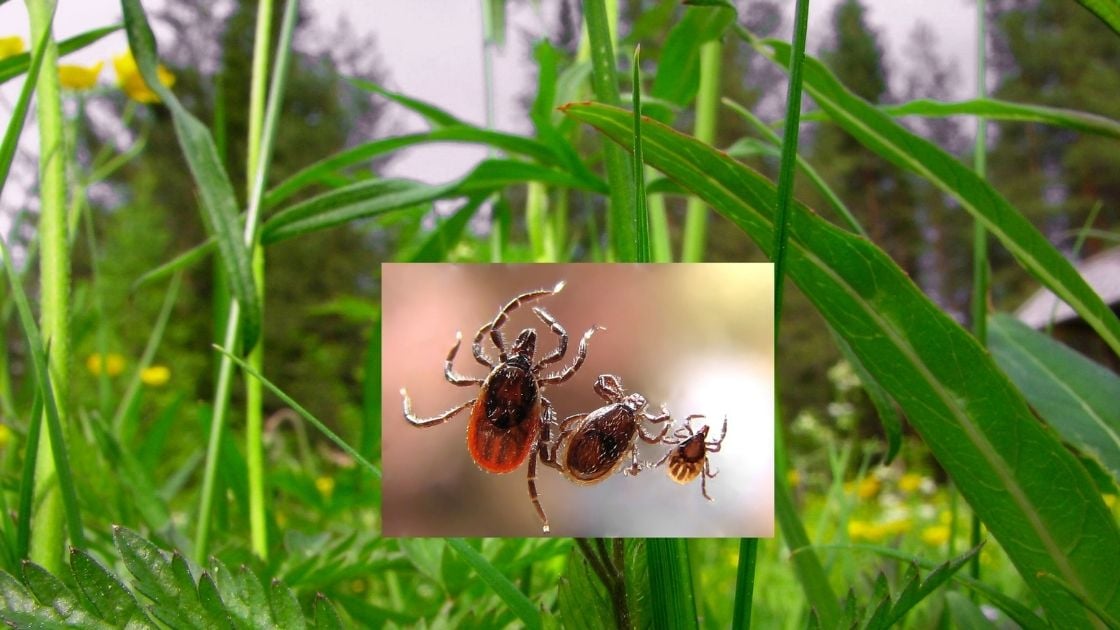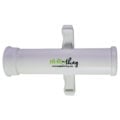Ever since it was discovered that salt could prevent meat from spoiling, humans have worked to create new methods of preserving, packaging and even transforming food.
As a result, the foods we consume today contain a dizzying array of additives — from the artificial dyes and flavorings used to make food look and taste a certain way to the preservatives used to keep food fresh longer.
Look at the nutrition label on the side of any box of cereal or snack food in your pantry. Chances are, there will be at least a few ingredients you can’t pronounce.
In fact, the number of additives in our food — and food packaging — has skyrocketed in the past two decades. There are currently 10,000 food additives approved by the U.S. Food and Drug Administration (FDA) — including many that haven’t been proven safe for consumption.
According to a new policy statement by the American Academy of Pediatrics (AAP), Food Additives and Child Health, published in an issue of Pediatrics, there’s strong scientific evidence that the chemicals approved by the FDA to preserve and enhance our food can harm children’s health.
A growing mountain of evidence has linked many of these chemicals to changes in children’s hormone systems, which can alter their normal development. Some additives may also raise a child’s risk of obesity and illness.
“Pediatricians are especially concerned about significant gaps in data about the health effects of many of these chemicals on infants and children,” said Dr. Leonardo Trasande, the lead author of the AAP policy statement.
Lack of oversight
The Government Accountability Office — the U.S. government’s audit institution and a part of the legislative branch — found that 64 percent of nearly 4,000 food additives hadn’t been tested for human safety.
The problem, according to the AAP, is the lack of regulation and oversight of additives under the Federal Food, Drug and Cosmetic Act. The AAP says substantial improvements to the food additives regulatory system are needed, including strengthening or replacing the “generally recognized as safe” (GRAS) determination process and retesting previously approved additives. However, the AAP warns that until politicians enact legislation to tighten regulations related to food additives, there’s not much the FDA can do.
That’s why the AAP and other organizations are recommending parents take matters into their own hands. The policy statement offers a list of the chemicals that are of the greatest concern as well as steps people can take to reduce their exposure.
The APP statement focuses on six chemicals that should be avoided, including bisphenols, such as BPA; phthalates; PFCs; perchlorate; artificial food colors/dyes; and nitrates and nitrites. (See the sidebar, below.)
Dr. Allison Golnik, a pediatrician at Fairview Children’s Clinic, said she’s thrilled that the AAP is taking a tough stance on food additives.
“We are just at the tip of the iceberg in terms of learning about how food affects our bodies,” she said. “Parents want the best for their kids. As the science grows, parents will follow.”
Raising awareness
Golnik said that while she agrees with the AAP recommendations — and thinks it’s important to reduce children’s consumption of food additives — she’s also a parent and acknowledges how overwhelming the list of do’s and don’ts can be, especially considering the omnipresence of chemicals in the environment.
Educating families on the dangers of food additives can be especially challenging when the average child’s well visit is 25 minutes. The advice she gives to the parents she sees is: “Take a deep breath, prioritize whole, healthy foods and avoid processed, packaged foods whenever possible.”
Megan Baumler, a registered dietician and dietetics program director at St. Catherine University, incorporated the AAP policy statement into the curriculum of the lifelong nutrition class she teaches.
“I want my students to be aware that there is real evidence to support the harm that food additives may be causing,” she said. “Children are a vulnerable population because their bodies are growing, and the harmful effects of additives may be irreversible. Awareness of the problem is key and learning how to avoid the additives is the application.”
Baumler and Golnik both recommend reading food labels. “If I cannot pronounce it, then I’m concerned,” Golnik said.
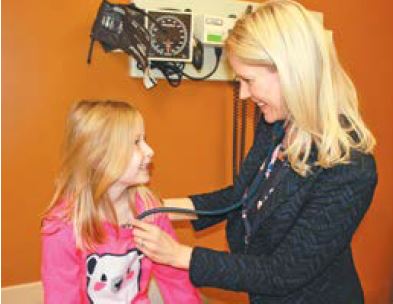
A sea change
Baumler said there’s an undeniable movement toward eating more healthful foods. She points out that some companies in the food industry are responding to this movement with BPA-free packaging and reduced food dyes and additives in the U.S., following regulations already in place in many European countries.
Case in point: Kraft now uses paprika, annatto, and turmeric to color its mac and cheese instead of artificial dyes. General Mills has moved to offer more dye-free options as well, including “all-natural” Trix, which relies on veggie-based dyes, much to the delight of some consumers and much to the chagrin of others, who demanded the synthetically dyed cereal come back (and it has — alongside the dye-free version — as “Trix Classic”). Fast-food chains such as Chipotle, Subway, Taco Bell, and Panera followed suit in 2018 with efforts to remove certain dyes and artificial flavors.
New rules at school
School districts are making changes as well. Minneapolis and St. Paul districts have already taken steps to phase out — or have already phased out — additives that are of the greatest concern, including artificial flavors and preservatives.
In Minneapolis, a district that serves 45,000 meals a day, high fructose corn syrup, trans fats, artificial colors, and preservatives are all off the menu. The district has installed over 70 salad bars too.
White Bear Lake Area Schools also began the process of evaluating ingredients of concern after attending a Good Food Learning Camp, hosted by the Minneapolis school district. At this two-day event, food leaders from across the country discussed menu concepts and the “clean label” movement.
“Beginning in the 2017–18 school year, we began phasing out artificial food coloring,” said Bridget Lehn, nutrition services coordinator for White Bear Lake Area Schools. “All regular menus are now free of artificial food coloring except for two condiments that do not have a heavy meal contribution.”
Lehn said if the district doesn’t find acceptable substitutes for those two items, they will be eliminated in the 2019–20 school year.
While progress is being made on many different fronts, since there are still thousands of additives being used that haven’t yet been proven safe, Baumler recommends families take steps to reduce their exposure — and it all starts at home.
“My kids get treats, but they also know that fruits, vegetables, and variety are important,” she said. “Thankfully, they are fairly open to trying new things. I try to demonstrate good eating behaviors and an appreciation for healthy, whole foods.”
The sinister six
The American Academy of Pediatrics recently released a statement about food additives and child health, urging parents to avoid half a dozen chemicals commonly used in food and packaging:
Bisphenols, such as BPA: These industrial chemicals (which have been in use since the 1960s) can act like the hormone estrogen and interfere with puberty and fertility. They’re found in the lining of food and soda cans and polycarbonate plastics labeled No. 3 or 7. Although bisphenols were banned in plastic baby bottles and sippy cups in recent years, older bottles and cups may still contain them.
Phthalates: This group of chemicals can also act like hormones, interfering with male genital development, and can increase the risk of obesity and cardiovascular disease. They’re prevalent in plastic packaging and health and beauty products, including baby lotions and creams.
PFCs: Also known as “per- and polyfluoroalkyl substances,” these man-made chemicals can lead to problems with the immune system, thyroid function and even fertility. They’re found in greaseproof paper, cardboard
packaging and other household products.
Perchlorate: This chemical — made of one chlorine atom and four oxygen atoms — can occur naturally or be man-made. It can interfere with thyroid function and can disrupt early brain development. It’s found in some
dry food packaging.
Artificial food colors: If you read ingredient labels for cereal, candies and other processed foods — even those that don’t boast bright colors, such as white marshmallows and brown cereals like Cinnamon Life — it’s easy to find these substances, often with labels such as Blue 2, Yellow 5 and Red 40. Some studies have linked such dyes, used in foods since the 1950s, to exacerbated symptoms in children who have ADHD.
Nitrates and nitrites: Processed meats — such as cured lunchmeat, hotdogs, bacon, salami and sausages — contain these two food-manufacturer favorites used to give meats color and prolong shelf life. According to the
Environmental Working Group, both nitrates and nitrites can form nitrosamines in the body, which are associated thyroid interference and a greater risk of certain types of cancer.
What to do
You can take the following steps to reduce your family’s exposure to food additives:
⊲⊲Focus on fresh or frozen fruits and vegetables and wash all produce thoroughly.
⊲⊲Eat fewer processed meats.
⊲⊲Cut back on cans. Reduce your use of canned foods since most cans are lined with BPA-containing resin.
⊲⊲Avoid plastics with recycling codes 3 (phthalates/vinyl) and 7 (bisphenols/polycarbonate) when possible.
⊲⊲Don’t microwave plastics. Heat can cause plastics to leach BPA and other chemicals into food.
⊲⊲Use glass, ceramic or stainless steel when cooking, serving or storing food, especially when the food is hot.
⊲⊲Read cosmetic and food labels to avoid chemical additives and dyes. You can scan products with the EWG’s Healthy Living App, which is free and offers ratings for 120,000 food and personal care products. Find the app and read the Dirty Dozen Guide to Food Additives — for even more chemicals to avoid — at ewg.org.
Tina Mortimer is an essayist and a contributing writer for many local publications. She lives in White Bear Lake with her husband and two children. Follow her work at tinamortimer.contently.com.



